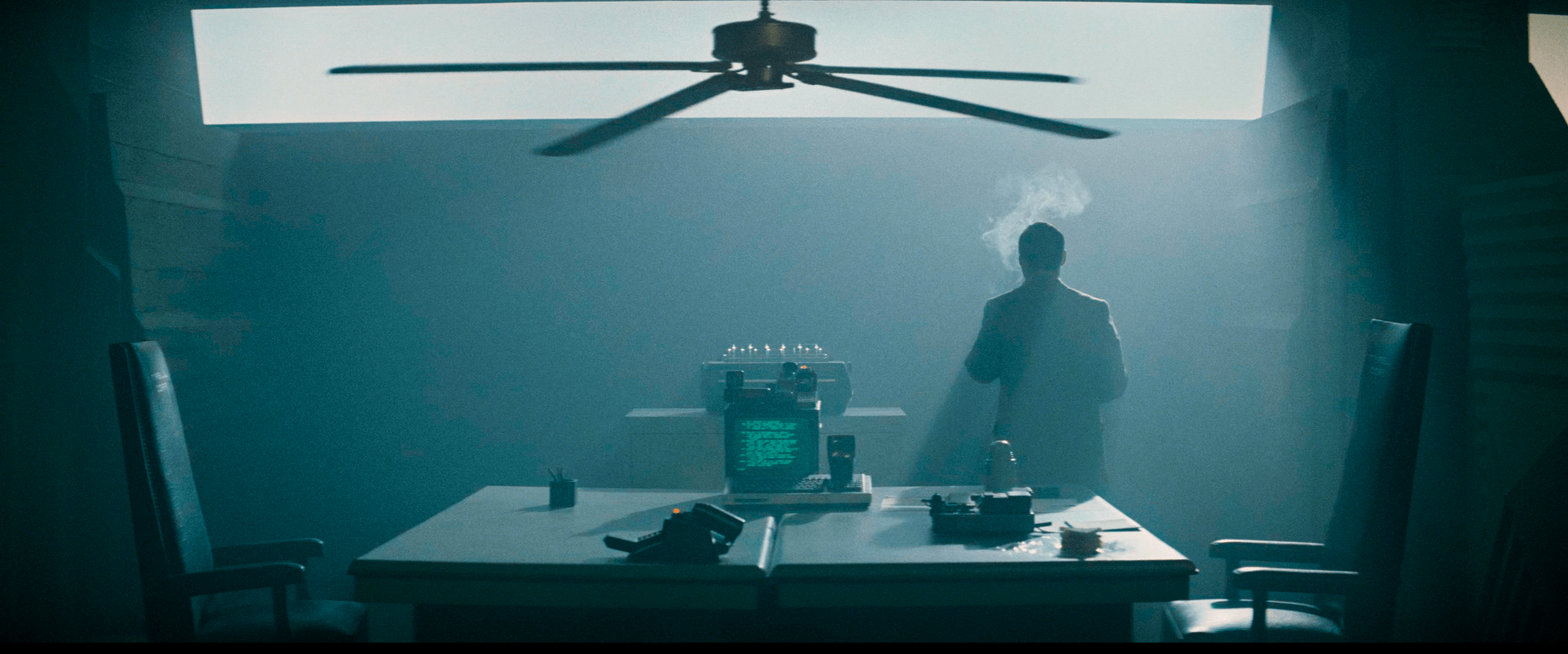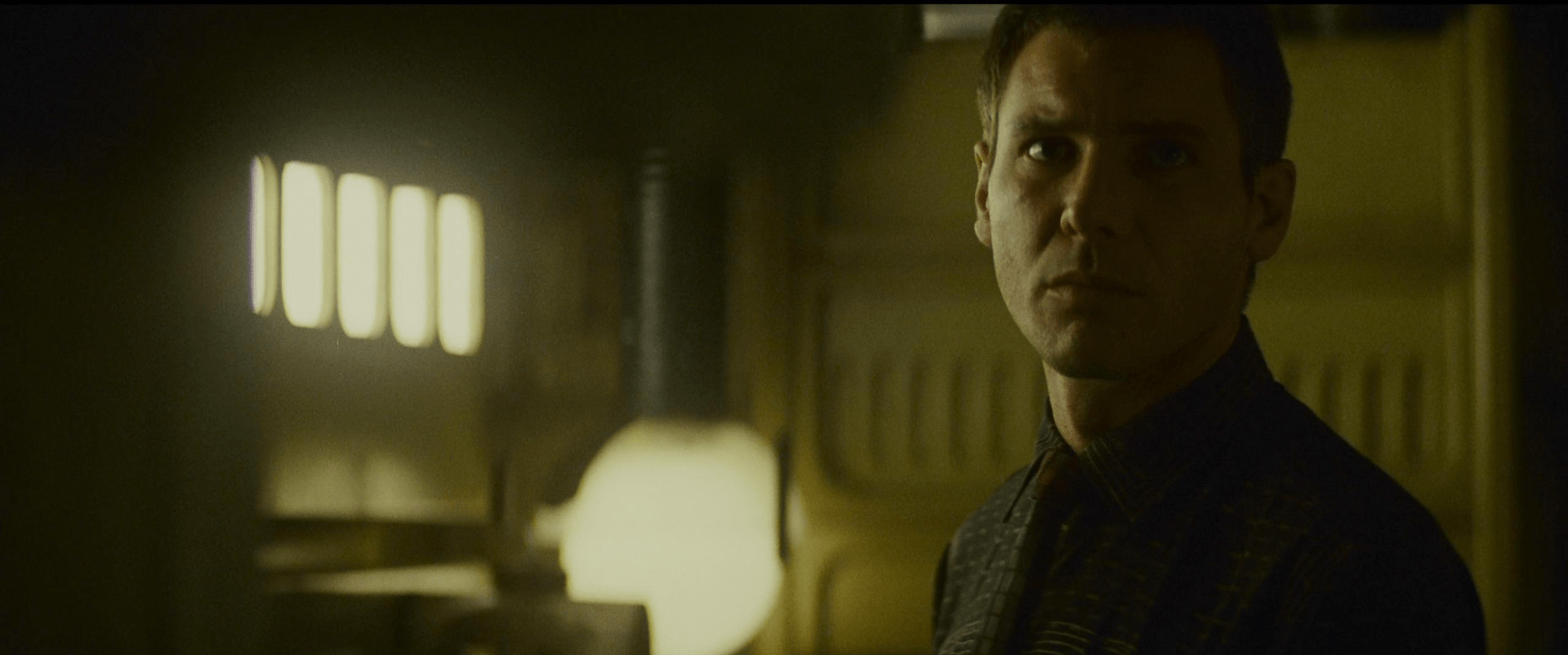In-Depth Blog Post 4
Hello everyone, and welcome to my fourth in-depth post on filmmaking. I have made a fair bit of progress over the last two weeks, and I am looking forward to sharing it today.
To start, I continued working on my crime/horror short film throughout the previous few weeks. I reshot some scenes since my last blog post, and I added more shots to the end to make a more complete narrative. So far, I am pretty happy with the state of the video, and I would consider it nearing completion, though there are some parts I want to reshoot and add.
Here is the link to my nearly completed short film: Short Film
(Disclaimer: This video contains non-graphic, implied violence.)
After completing the video, I had a short meeting with my mentor where we discussed the finished product. He enjoyed the short film, but we agreed some things could be changed. Some changes we discussed making were:
- Include a shot framing the books on the bedside table with the subject for a better spatial understanding of the scene.
- Include a shot framing the bed, and the inside of the bedroom door together to also give better spatial awareness, and to introduce the bedroom door so it isn’t as jarring when it shows up later in the video.
- Add a medium shot of the villain raising his arm up before cut to watch so the cut is motivated and isn’t a jarring jump cut.
- Reshoot scenes of the hallway outside the bedroom in a better light to get rid of artifacts that result from lowlight.
Overall though, the state of the film currently is pretty good, and I am happy with how it is turning out.
During our brief meeting, we also spoke a bit about our plans for our future calls. To continue working on editing, my mentor tasked me with filming an everyday task consisting of multiple shots for each part of the action. This was so I can work on cutting clips together with different pacing, and so I can also gain an understanding of what goes into shot selection.
————————————————————————————————————————————-
To continue on in my tradition of watching movies before reflecting on them to further my learning, I watched the original Blade Runner last weekend. Blade Runner is a stunning neo-noir sci-fi film directed by Ridley Scott and shot by Jordan Croenweth. The film raises some thought-provoking ideas about artificial intelligence and builds an incredible futuristic world through powerful set design, and cinematography. While watching the film, I noticed the usage of chiaroscuro lighting to build atmosphere. Chiaroscuro lighting describes the usage of light and dark in a frame, as well as strong tonal contrast to create a sense of depth, and three-dimension. First popularized during the Renaissance, the technique became widespread in film as a result of the Film Noir period (Citizen Kane from the last blog post is an example).
Here are some examples from Blade Runner:
I became inspired by the scenes from the movie and other examples of chiaroscuro, so I attempted to create my own chiaroscuro lighting. Here are some frames of what I achieved:
How to Have a Beautiful Mind
How to Listen:
Knowing how to listen is super important in the context of mentorships. As a mentee, you are gaining knowledge from someone more experienced than yourself by listening, not talking. As De Bono puts it, “Listening, on the other hand, can give you new ideas” [67]. One part of being a good listener is asking clarifying questions. I practiced this in my meeting with my mentor. One example was when my mentor was talking about the exercise of shooting a simple task with different shots. This is because I asked him, “Should that be my goal for the next meeting?” after he had finished explaining. This allowed him to clarify, and agree that my aim should be completing the video so we could discuss it when we met next.
Asking Questions:
Asking questions is also essential in this project. Whether it is to help listen better by clarifying, or it is to expand the conversation, questions are crucial in a good conversation. De Bono mentions that questions “are one of the main means of interaction” [77]. In How to Have a Beautiful Mind De Bono differentiates fishing and shooting questions. Shooting questions look for a simple yes or no answer while fishing questions are open-ended, allowing for more conversation and elaboration. One big fishing question I asked during my meeting was, “How do you decide what shots to use and when during shot selection?” While this question does not give a simple answer, it allowed my mentor to elaborate on his experiences, talk a bit about shot selection, and talk about the learning exercise where you shot a simple task with multiple cuts. By asking this question, I opened up our conversation, and I was able to get a lot more out of it.
Altogether, I am very pleased with my progress so far.
-Evan



 Blade Runner
Blade Runner

0 comments on “Filmmaking: In-Depth #4” Add yours →